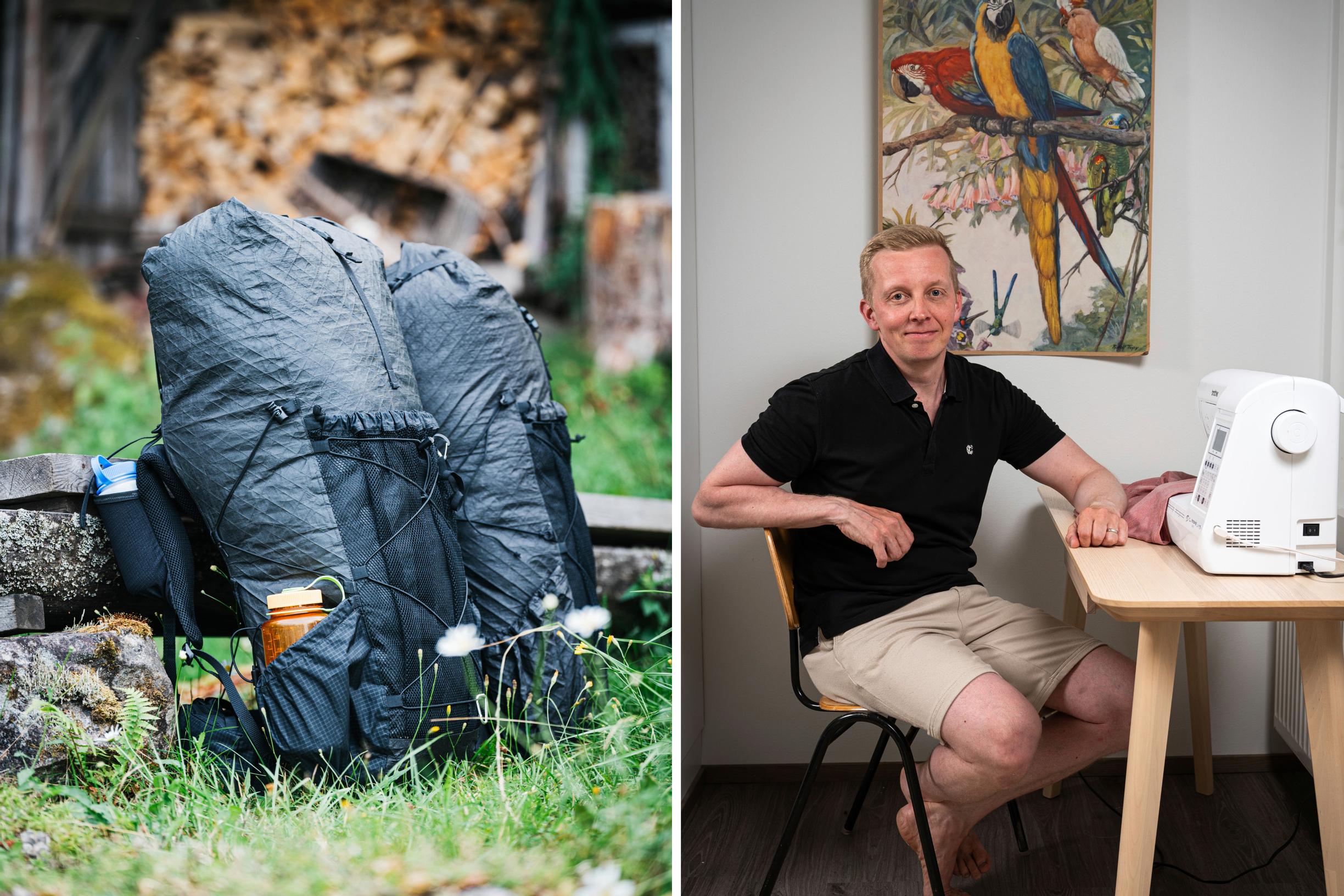
“Sewing can’t be that difficult,” Jukka thought—and now he’s saving hundreds on hiking gear
Jukka Jaatinen is into hiking and hunting, and sews his own gear. He chooses the best features from store-bought backpacks and combines them with his own ideas.
It can’t be that difficult, thought Jukka Jaatinen some twenty years ago when he began making his own hiking clothes and gear. He was a student, so shell clothing that cost hundreds of euros felt expensive. Jukka ordered fabric and patterns from a Finnish online store specializing in outdoor materials. He borrowed a sewing machine from his girlfriend.
Jukka, what clothing and gear have you made?
My first project was a shell jacket. My friends were surprised: “Did you really sew that yourself?” Succeeding at it sparked a sense of creative pride and inspired me to make more. Over the years, I’ve made a snow suit for hunting, backpacks, a belt bag, a camping pillow and quilt, gear bags, and dry bags.
The most challenging piece has been a down-filled camping quilt. The thin fabric wrinkled easily. Down is so light that it floats around easily, so I had to be careful not to breathe at the wrong time in the wrong direction.
I’ve gradually learned which needle and thread work for each type of fabric. My patience has helped. I plan out the steps carefully instead of just winging it.
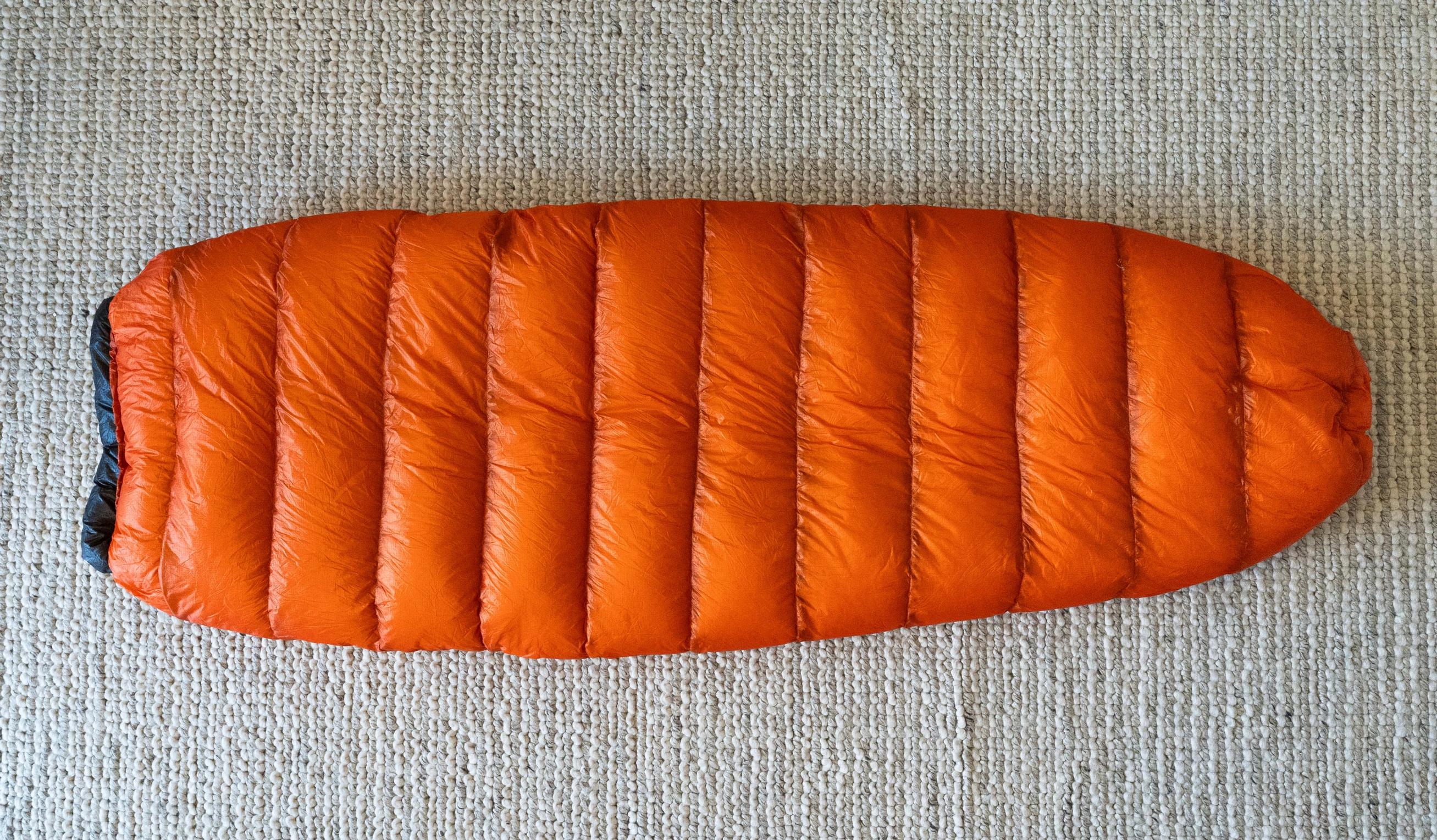
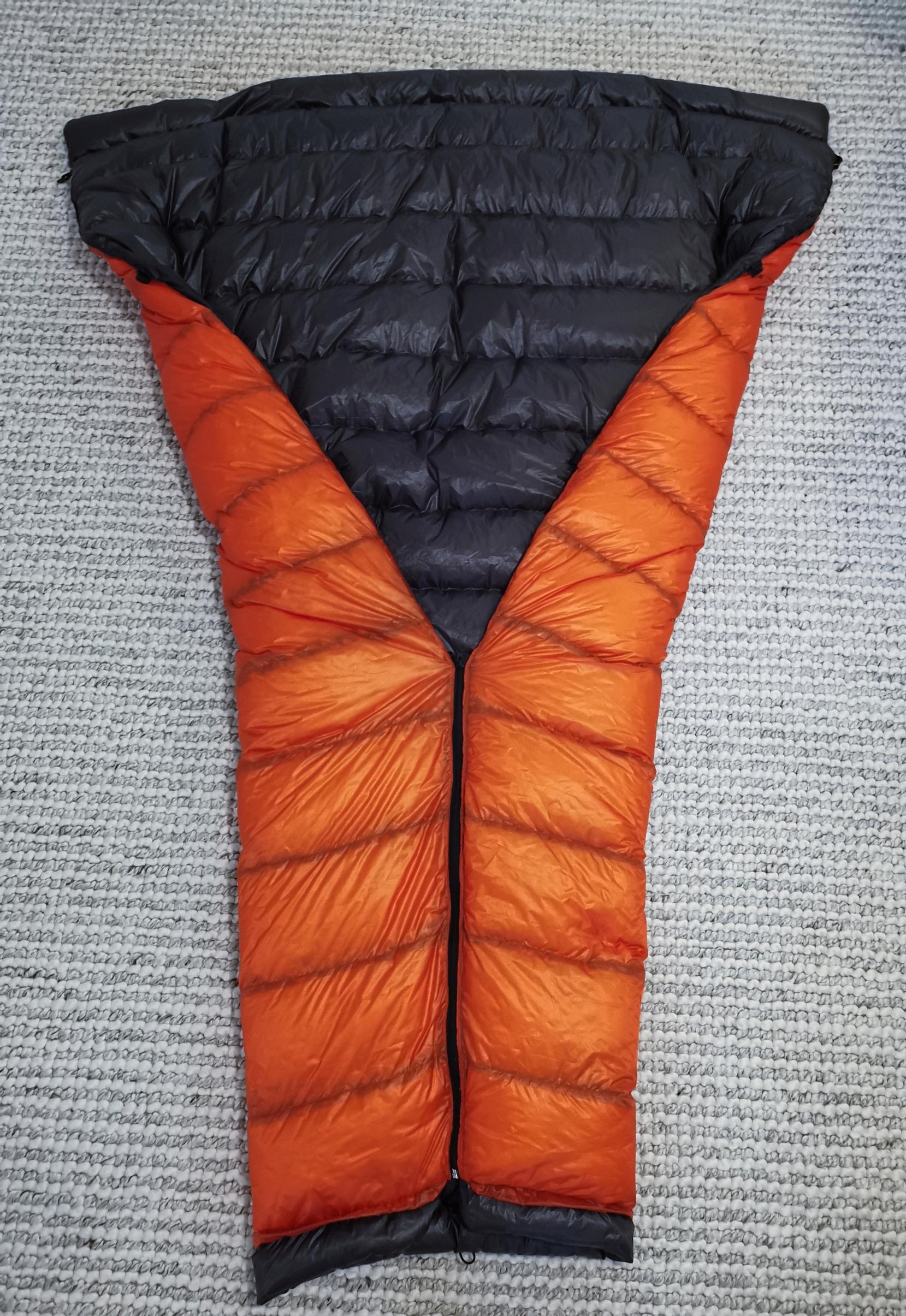
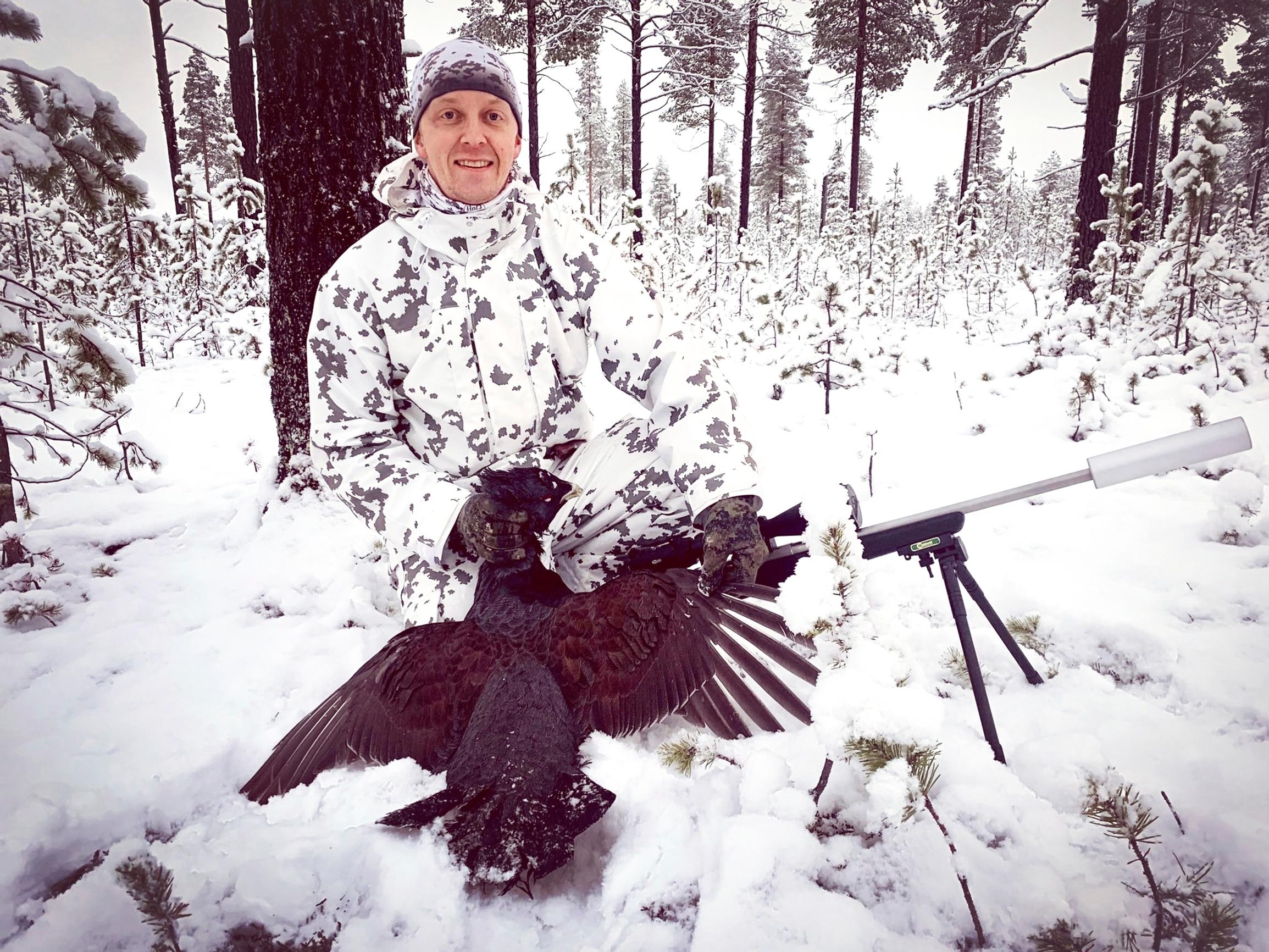
What are the benefits of making things yourself?
A quality backpack can cost 350–400 euros, while a homemade one is only a couple of hundred. Of course, it takes time. I spent about a month on my latest backpack, working in the evenings.
The most important thing is that by making it myself, I get clothes that fit and avoid any unnecessary extras in my gear. In my latest backpack, I combined the best ideas from store-bought packs: a snug hip belt with built-in pockets, a clip-on camera strap on the shoulder harness, and a stretchy water bottle pocket on the other strap. I skipped the bottom pocket because I find it unnecessary.
For my first backpack, I made the frame from birch veneer, pressing it into shape with glue, a mold, and clamps. For my next two backpacks, I wanted to lighten the frame further, so I bent it from aluminum tubing.
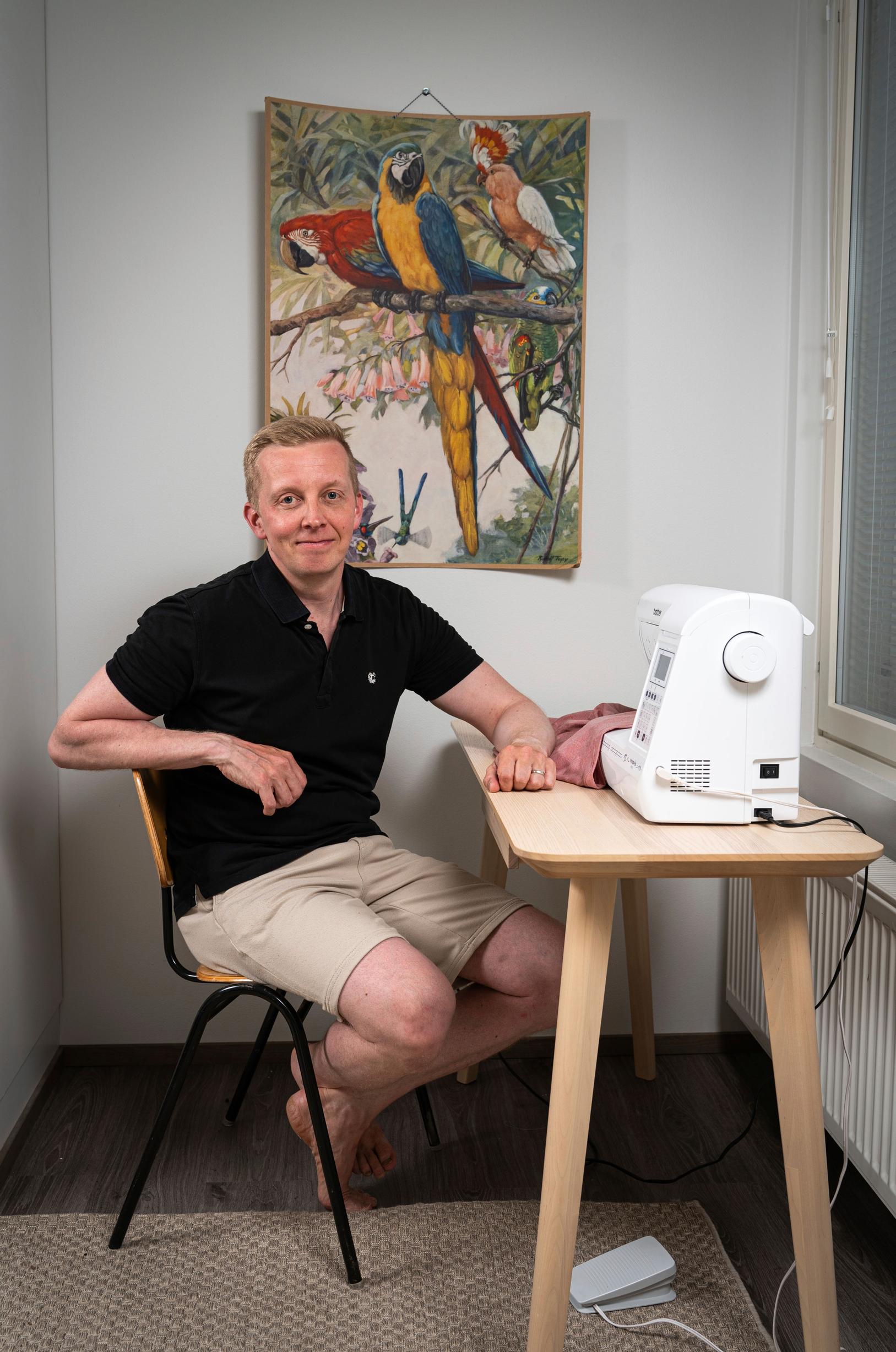
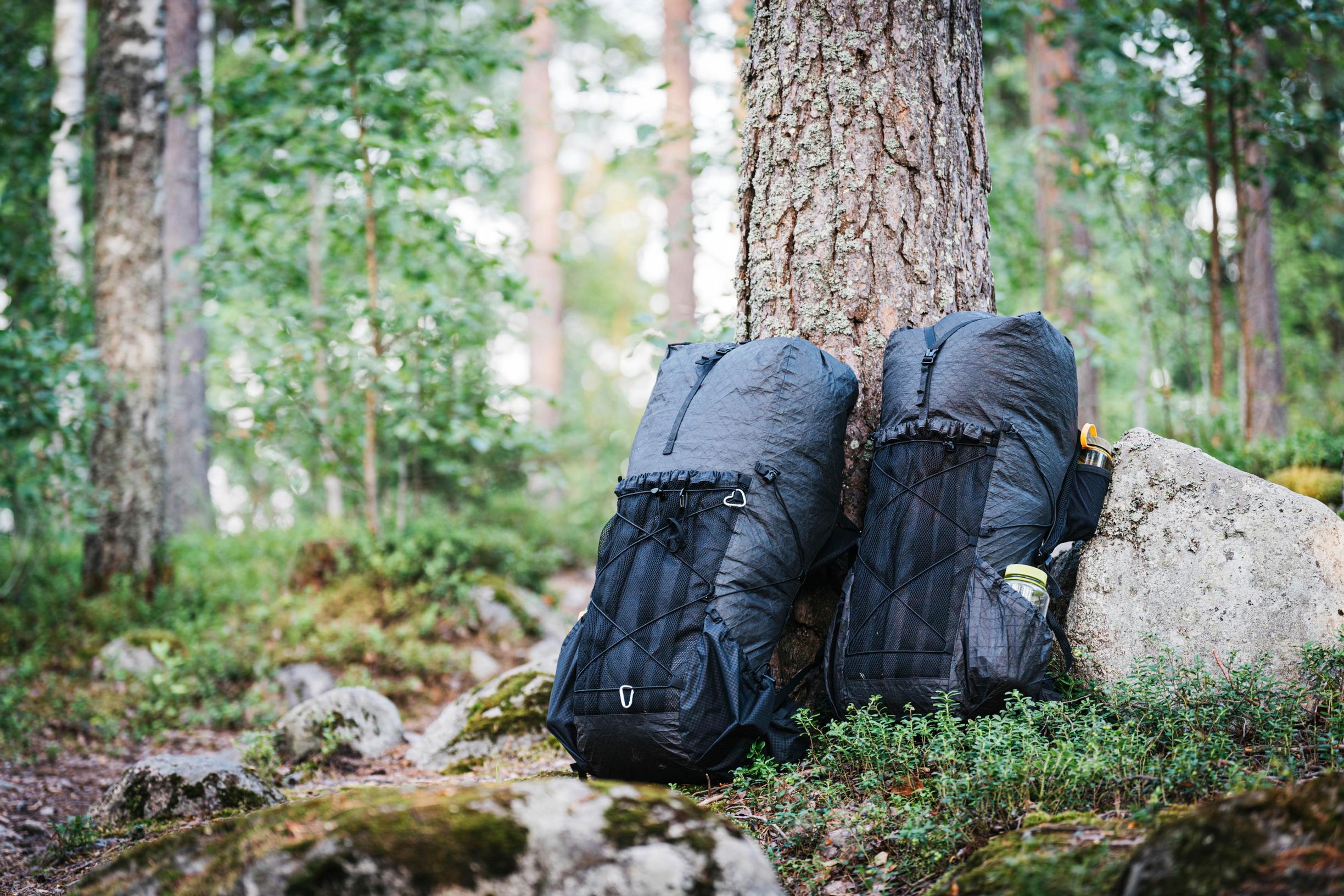
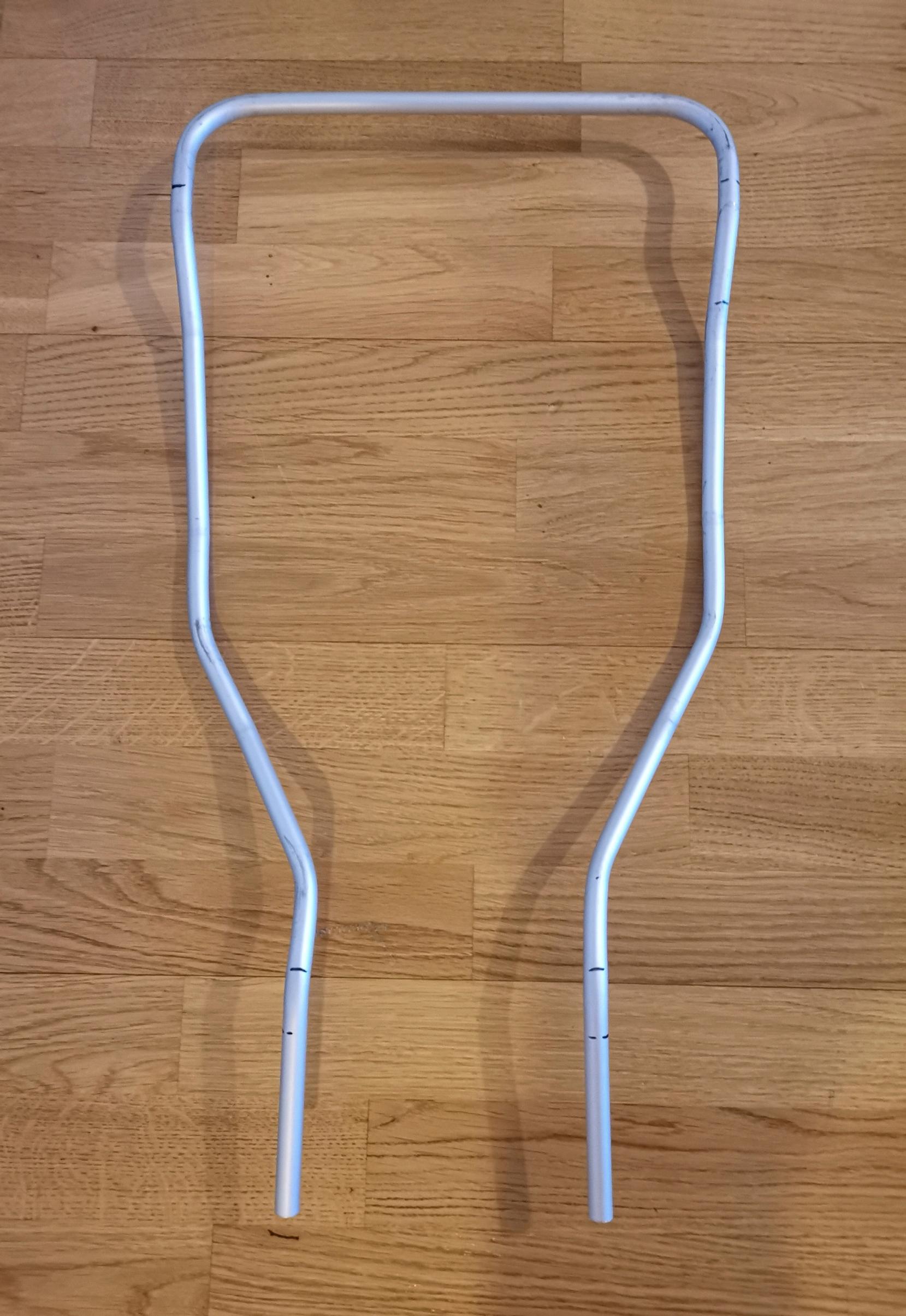
How do you get started with sewing?
It’s best to practice with a sewing machine on cheaper fabrics. YouTube has plenty of tutorials, and there’s a Finnish Facebook group called Ompelukoneretkeilijät for hikers interested in sewing where you can get tips. A beanie and a lean-to tarp are simple to sew and great for beginners.
For larger, more complex gear like backpacks, it helps to make a prototype from cheaper fabric first. That way, you can figure out the three-dimensional proportions and test the fit. You can’t just sew and rip out seams repeatedly with backpack fabrics, since it needs to stay waterproof.


